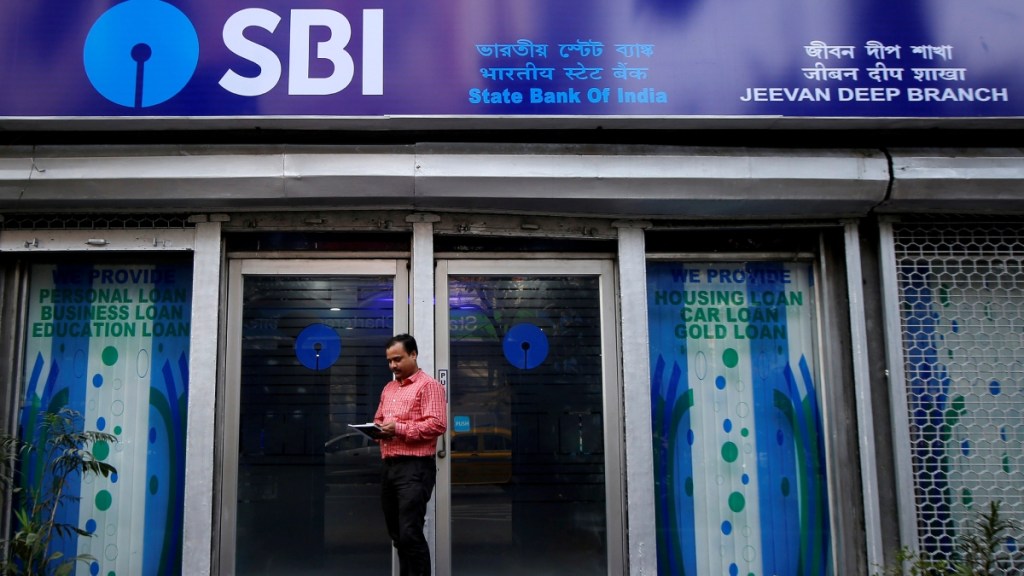The banking sector wrapped up FY24 with poise but is expected to have a relatively muted Q1FY25. The overall growth for most banks except HDFC Bank is expected to be in single digit. The good news is that asset quality is set to improve and the NPAs are expected to reduce but the concern is in the margin. They may continue to be under pressure for a couple of quarter.
According to projections by JM Financial, the banking sector is expected to grow 6.9% year-on-year (YoY) (excluding HDFC Bank) in Q1 FY25. It has anticipated growth of 7.8% YoY for private banks and 5.9% YoY growth for Public Sector Undertaking (PSU) banks. Loans are expected to grow 14.9% YoY (excluding HDFC) while deposits may see 12.7% YoY uptick.
Steady systematic credit growth is a positive, according to JM Financial and they are estimating NII “to grow at 9.5% YoY (ex-HDFC Bank) (9.7% for private banks and 9.3% YoY for PSU banks).”
Analysts at Elara Capital said that the Q1 FY25 can be expected to be characterised by NIM (Net Interest Margin) strain with sustained funding cost pressures, better loan growth but softer deposit and CASA (Current account savings account) growth, steady slippages, excluding agriculture and softer recovery trends (shrinking pool), which essentially means net slippages may rise for some.
Challenges of NIM to remain
Analysts expect that the challenge banks face with balancing growth and NIM will persist, maintaining ongoing strain. Banks are likely to experience a continued decrease in the additional income they earn from lending. Three primary impacts on NIM have been identified. First, ongoing adjustments in interest rates for existing deposits; second, persistent high costs associated with attracting new deposits, particularly following rate hikes in Q4FY24; and third, potential reversals in interest income due to increased defaults in agricultural loans among certain banks.
A slight decrease is anticipated in the ratio of operating expenses to revenue coverage (-3.8% QoQ) as private banks adjust their operational costs to offset NIM pressures. Public Sector Undertaking (PSU) banks should benefit from reduced provisions related to wage hikes, which could support their Pre-Provision Operating Profit (PPOP) trend, analysts say.
While bank credit quality has generally been favourable so far, it is expected to normalize in the future, leading to higher credit costs mainly from retail segments. However, the trajectory of returns is anticipated to remain steady.
What about asset quality
Asset quality is expected to show a generally favourable outcome, but the first quarter typically exhibits seasonal softness, which may be the case again this quarter. Additionally, disruptions linked to election phases could affect collection efficiencies. While the overall trend remains stable, there are specific areas of concern such as personal loans and microfinance institutions (MFIs). Investors will closely monitor management’s comments, particularly following recent waiver announcements. Looking ahead to FY25, there may be a continuation of softer recovery trends due to reduced pipelines, potentially resulting in a normalization of credit costs, albeit at low levels.
Here’s a preview of Q1 results for a few top banks:
HDFC Bank: In Q1FY25, HDFC Bank anticipates a 34.5% year-on-year increase in net profit, although a 2.6% quarter-on-quarter decline is expected. Net interest income (NII) is projected to grow by 26.7% year-on-year, with net interest margins (NIMs) expected to remain stable, according to data by Elara Capital.
ICICI Bank: The net profit for ICICI Bank in the quarter ending June 2024 is anticipated to increase by 8.1% year-on-year. The bank is experiencing steady loan growth but softer deposit growth. A decline of 4-5 basis points in net interest margins (NIMs) is expected quarter-on-quarter, contributing to net interest income (NII) growth of less than 10% year-on-year.
SBI: State Bank of India (SBI) is projected to announce a slight year-on-year increase in net profit for Q1FY25, supported by an 8.3% year-on-year growth in Net Interest Income (NII). Loan expansion is anticipated to remain robust, surpassing 16% year-on-year, primarily driven by growth in Retail and SME sectors.
